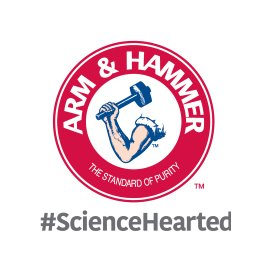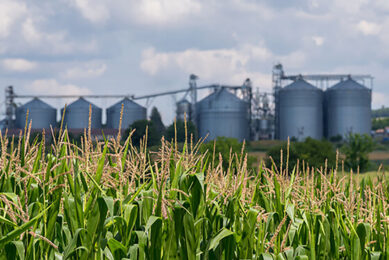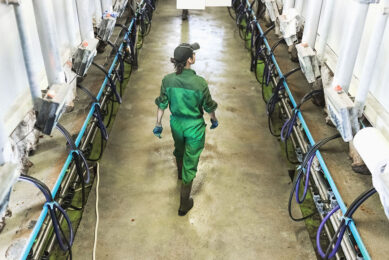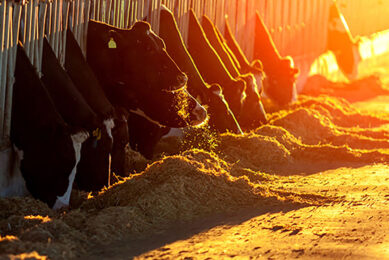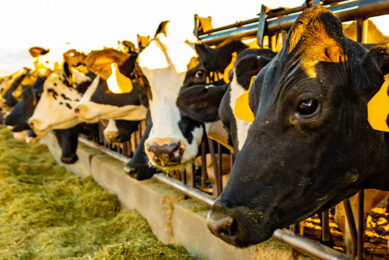The ‘PPR’ approach to mycotoxin threats
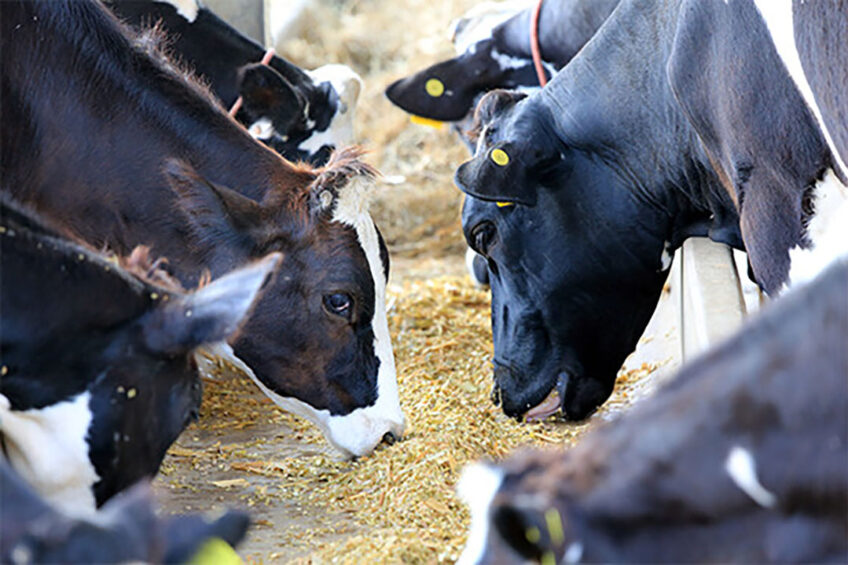
Even though dairy cattle are relatively less sensitive to mycotoxins compared to other species, producers often encounter the detrimental effects of mycotoxins on overall herd production and performance, as well as contamination of milk by mycotoxins. How persistent is this challenge?
Multiple global surveys indicate that 85% of cereal grains sampled were contaminated with at least one mycotoxin. What’s worse, mycotoxins can also appear in silage.
To fully understand the threat, it’s important to understand what’s happening at the cellular level. Ingested mycotoxins can damage the gut epithelial cell surface, compromising a cow’s ability to block mycotoxins from entering its tissues and migrating to different organs.
In the absence of any mycotoxin binder that has proven effective against most mycotoxins, choosing feed additives that deliver ‘PPR’ benefits (prevent, protect and resilience) remains the best way to deal with this ever-present threat.
The challenge of finding clean, consistent feedstuffs.
Ideally, anyone involved in formulating dairy rations and feeding animals would have full confidence that feedstuffs are free of all mycotoxins or other contaminants that could prove limiting or dangerous to animals. However, this is rarely the case regardless of the source. More often than not, it’s simply impossible to obtain clean and consistent feedstuffs to feed animals.
PPR benefit #1: Prevent
Feed testing to identify mycotoxins is one way to address the challenge; however, this process can be expensive and time-consuming. Furthermore, feed testing results are not always helpful due to time lags between testing and feeding. Adding feed additives that bind mycotoxins is one way to prevent the damage that can be done when animals unknowingly consume mycotoxins.
PPR benefit #2: Protect
In vitro studies have demonstrated that adding Refined Functional Carbohydrates (RFCs) to the ration, such as those found in BG-Max and CELMANAX from Arm & Hammer Animal and Food Production, can help animals combat mycotoxins, regardless of feed source. RFCs can prevent mycotoxic cell damage in ways that work better than other tested yeast products (Figure 1).
Figure 1 – In vitro effect of different products on mycotoxic cell damage.

Research has also demonstrated the success of Refined Functional Carbohydrates in reducing carryover of aflatoxin M1 in milk (Figure 2).
Figure 2 – In vivo Celmanax mitigation of aflatoxin in milk.

PPR benefit #3: Resilience
Protecting your animals at the cellular level builds a resilient herd ready to tackle the seen and unseen challenges which may be hidden in the ration. Protecting the gut from mycotoxin damage reduces opportunistic gastrointestinal pathogen colonisation. In addition, the prebiotic nature of RFCs supports the growth of beneficial microorganisms, thus leading to a healthier gut microbiome.
To keep mycotoxins from robbing your herd of its production and performance potential, consider implementing the strategy that offers protection, prevention and resilience.
References for research cited available upon request
Author: Sangita Jalukar, Ph.D., Technical Services Manager, Arm & Hammer Animal and Food Production, AHfoodchain.com
Join 13,000+ subscribers
Subscribe to our newsletter to stay updated about all the need-to-know content in the dairy sector, two times a week.


